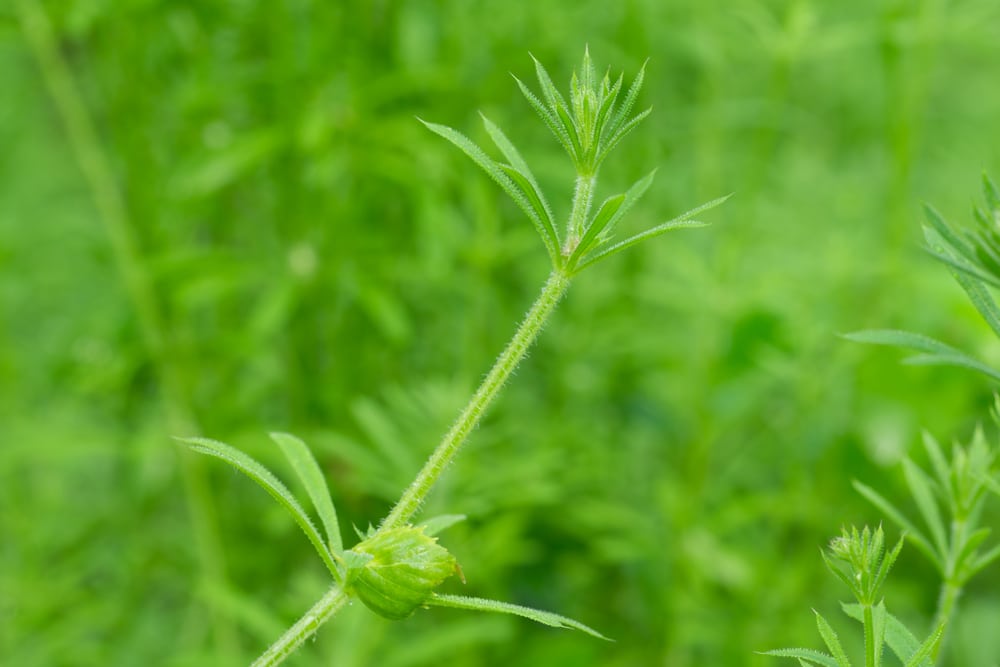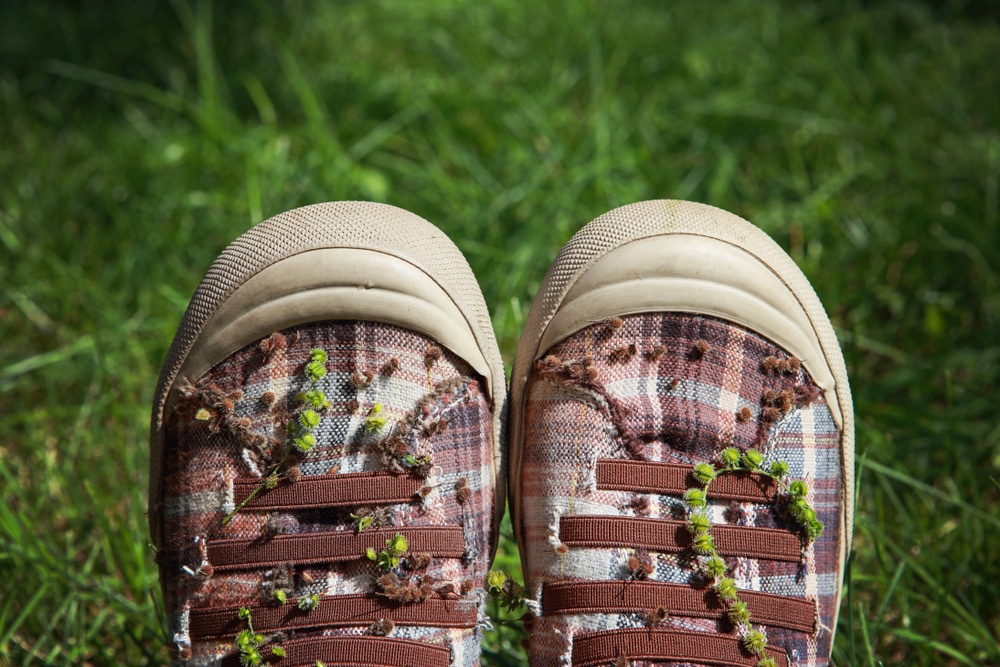Nobody likes weeds–they sap nutrients and water from plants you desire, they love to spoil your otherwise-perfect garden, and worst of all, they are hard to destroy. The worst of the bunch, though, is hitchhiker weeds, which stick to shoes, clothing, and other fabrics to “hitchhike” into other locales. Tired of hitchhiker weeds infesting your garden? You’re in the right place. For a complete guide on how to get rid of Hitchhiker Weed, read below.
The Easiest Solution: Use Herbicides

The simplest approach to destroying weeds is to bombard them with herbicides.
There are a variety of herbicides available that you might apply to the weeds, each with its advantages and requirements.
First, you should remember that some herbicides use a “scorched earth” model, killing not just herbs but also desirable plants. If your hitchhiker weeds are growing around more desirable plants, you should be cautious about your herbicide of choice–pick an herbicide that can be more focused, killing only the plants you want.
Additionally, you should keep in mind that some weed killers require reapplication. Some herbicides need re-application every three months or so. If you tend to bring back plenty of hitchhiker weeds, it’s more likely that this will be necessary.
Others must be re-applied twice a year, requiring less work but potentially costing more.
The Green Solution: Use Your Hands
Some people prefer not to use herbicides in their gardens, either to avoid killing preferred plants or because they’re uncomfortable with the environmental implications of herbicides. If that’s the case for you, don’t fret–you can uproot the plants with your hands.
The key thing with this solution, though, is to catch the weeds early. Hand-removing your weeds before they produce flowers means you can remove them cleanly, whereas pulling mature weeds can leave fragments that grow into new weeds. On top of that, uprooting mature weeds is just plain challenging!
The Horticulturalists’ Solution: Grow a Cover Crop
Sometimes, the best way to approach weeds is to give them a taste of their own medicine–when they suffocate your plants, it’s time to suffocate them.
If that sounds vengeful, think of it as simply being a matter of botany. Certain crops are especially suited to choking out other plants, blocking sunlight from reaching weeds’ seeds. Other cover crops exude chemicals that disincentivize weeds’ growth.
For easy cover crops, consider growing clovers, annual ryegrass, rapeseed, mustard, and cow grass. If you need a cover crop to grow fast, plant some buckwheat. A bonus: you might even be able to eat them!
The Agricultural Solution: Make a Furry Friend
If you live in a large area or are already working with livestock, then you’re in luck–animals can be excellent collaborators in the battle against hitchhiker weeds. Chickens and goats, with their bottomless stomachs and love of plants, always love to snack on weeds.
Do note, however, that not all critters are fans of weeds. Dogs and cats, in particular, can get ill if they munch on weeds.
The Flamboyant Solution: Torch the Weeds
Sometimes, you need to take your weed treatment to the next level. When herbicides, brute strength, cover crops, and hungry animals fail, it might be time to turn up the heat– literally.
A surefire way to destroy weeds is to use the controlled heat from a flamer–a device that focuses intense heat on weeds to destroy their cell walls.
This solution is excellent for eliminating annual weeds, though you may need multiple applications to kill weeds with deep roots.
How To Get Rid of Hitchhiker Weeds: Final Thoughts
Hitchhiker weeds are challenging to deal, especially if they cover large areas. But don’t fear–by applying a combination of treatments on this list, you’re sure to cleanse your garden.
